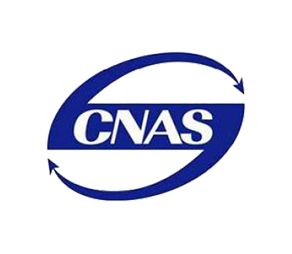Modern heating systems require durable, reliable, and safe piping solutions to ensure long-term performance and energy efficiency. PPR pipe fittings have become a preferred choice for residential, commercial, and industrial heating applications due to their exceptional resistance to high temperatures, pressure, and corrosion. In this article, we will explore the advantages, types, installation tips, and maintenance considerations of PPR pipe fittings in heating systems.
Why Use PPR Pipe Fittings in Heating Systems
PPR pipe fittings are manufactured from high-quality polypropylene random copolymer, which provides excellent thermal stability and mechanical strength. Unlike PVC, which cannot withstand high temperatures and pressure, PPR fittings are designed to handle hot water circulation safely. The smooth internal surface reduces scale buildup, ensuring consistent water flow and improved energy efficiency in heating systems.
Key benefits include:
High-temperature resistance: Suitable for hot water up to 95°C, ideal for radiator and underfloor heating systems.
Durability and pressure resistance: Can withstand long-term system pressures without deformation or leakage.
Corrosion resistance and hygiene: No metal ions or harmful chemicals, maintaining water quality.
These properties make PPR pipe fittings a superior choice for heating systems compared to traditional materials.
Common Types of PPR Fittings for Heating Systems
To build a reliable heating system, it’s important to choose the right fittings for different connections and pipeline layouts. The main types include:
1. PPR Elbow
Used to change the direction of piping, typically in 45° or 90° angles.
Essential for navigating corners and optimizing space in heating layouts.
2. Male Adaptor PPR
Connects PPR pipes to metal or threaded components.
Ensures a secure transition between different pipe materials.
3. PPR Female Socket
Provides a reliable internal thread connection to male-threaded pipes or valves.
Commonly used for connecting radiators, pumps, or system accessories.
4. PPR Male Socket
Allows connection to female-threaded components, facilitating extensions or branching.
Offers leak-proof and strong mechanical joints for high-temperature water circulation.
5. Couplers and End Caps
Coupling PPR: Connects two pipes of the same diameter, enabling pipeline extensions.
PPR End Cap: Closes the end of a pipe for maintenance or temporary system isolation.
Each of these fittings plays a critical role in creating a robust, flexible, and leak-free heating system.
Installation Tips for PPR Fittings in Heating Systems
Proper installation is crucial for ensuring the longevity and performance of a PPR-based heating system. Some key tips include:
Use socket fusion welding techniques for secure, leak-proof joints.
Ensure pipes are properly aligned and supported to avoid stress at joints.
Conduct pressure testing after installation to detect any leaks.
Avoid exposure to direct sunlight for outdoor piping unless UV-resistant PPR is used.
Following these guidelines ensures your PPR elbows, male adaptors, female sockets, and other fittings perform reliably under continuous hot water circulation.
Maintenance and Longevity
Regular maintenance extends the service life of PPR heating systems:
Periodically inspect the system for leaks or pressure fluctuations.
Maintain proper system water temperature to prevent overheating.
Clean system components as needed to reduce scale buildup.
With proper installation and care, PPR pipe fittings can provide safe and efficient operation for 20 years or more.
For anyone looking to build or upgrade a heating system, PPR pipe fittings offer unmatched durability, safety, and performance. From PPR elbows to male adaptor PPR, PPR female sockets, and PPR male sockets, this comprehensive range ensures that your system is reliable, efficient, and easy to maintain. By choosing high-quality PPR fittings, you can guarantee a long-lasting, leak-free heating network that meets all residential and commercial requirements.
FAQ
Q1: What are PPR pipe fittings used for?
A: PPR pipe fittings are used in plumbing and heating systems to connect, extend, or terminate pipelines. They are ideal for hot and cold water supply, underfloor heating, and radiator connections.
Q2: What types of PPR fittings are available?
A: Common types include PPR elbows, male adaptor PPR, PPR female sockets, PPR male sockets, couplings, and end caps, each designed for specific connection and installation needs.
Q3: Can PPR fittings handle high-temperature water in heating systems?
A: Yes, high-quality PPR pipe fittings can withstand temperatures up to 95°C and are suitable for both residential and commercial heating applications.
Q4: How do I install PPR fittings?
A: PPR fittings are typically installed using socket fusion welding, which creates a leak-proof and strong connection. Proper alignment and support are essential for long-lasting performance.
Q5: Are PPR fittings safe for drinking water and heating systems?
A: Absolutely. PPR pipe fittings are made from non-toxic, corrosion-resistant materials, making them safe for potable water and high-temperature heating systems.
Q6: Can I use PPR elbows and sockets to connect to metal pipes?
A: Yes, using male adaptor PPR or PPR female sockets, you can securely connect PPR pipes to metal components or threaded systems.
171.webp)
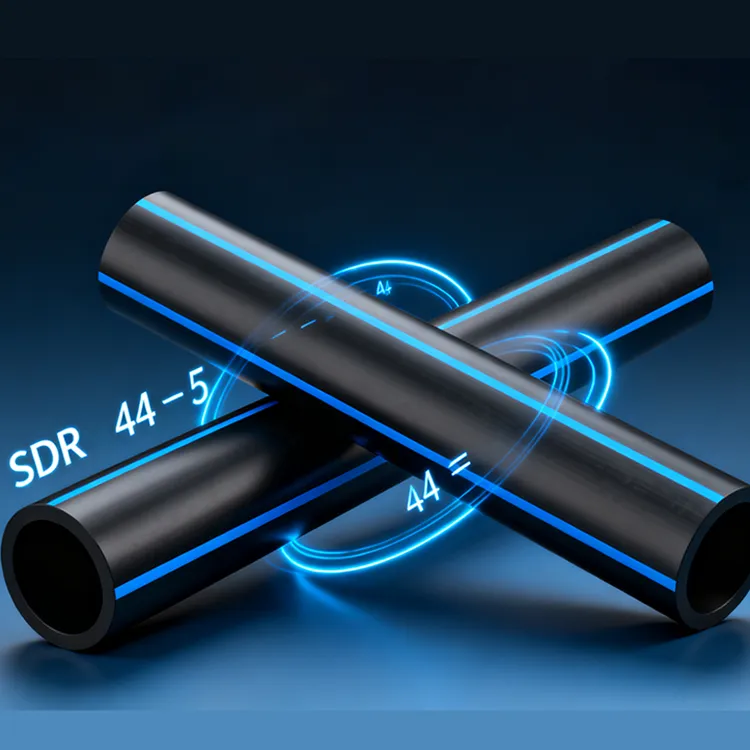
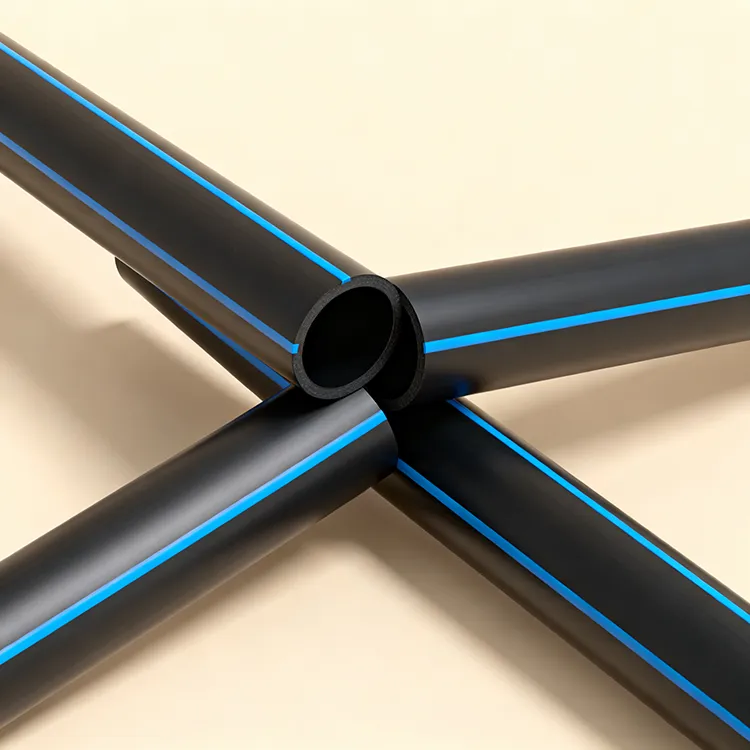
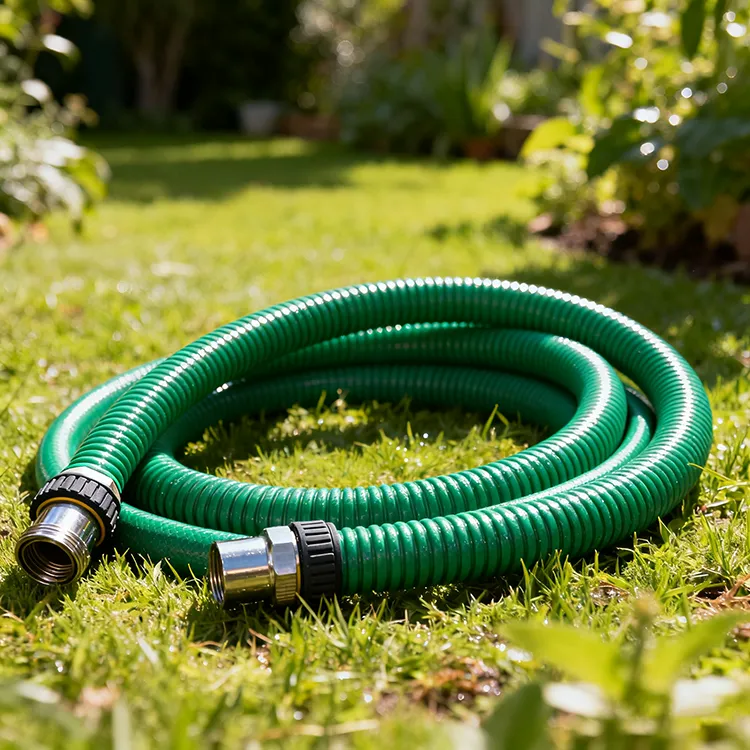
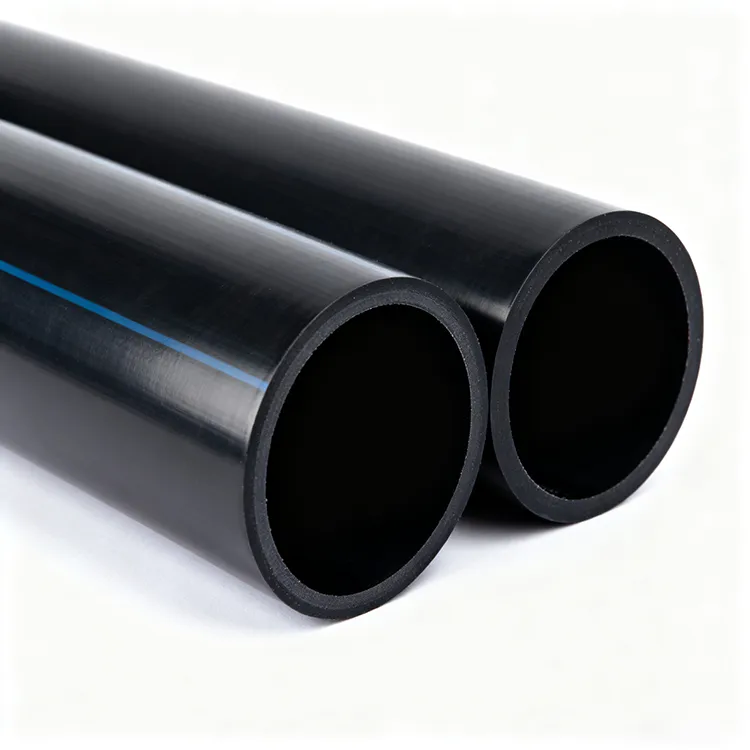
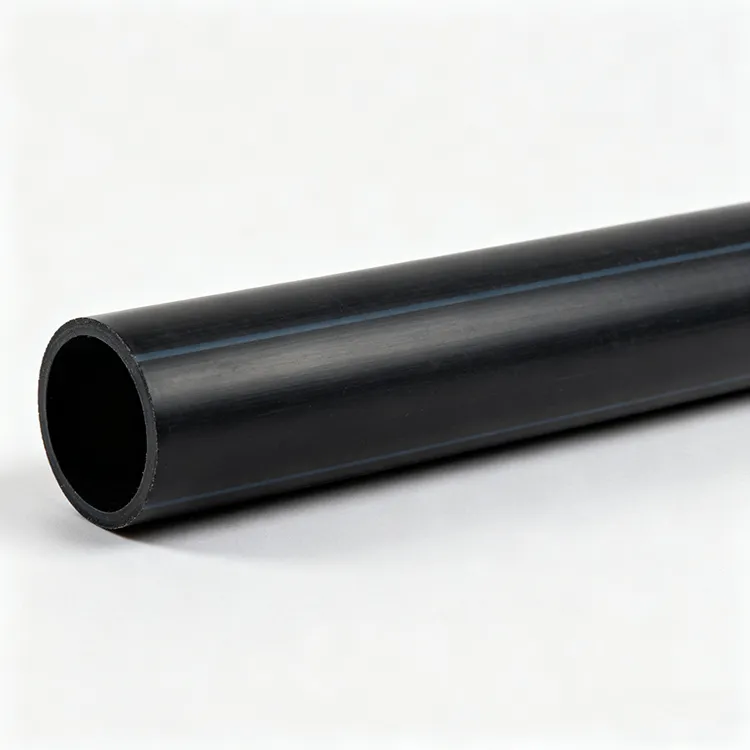
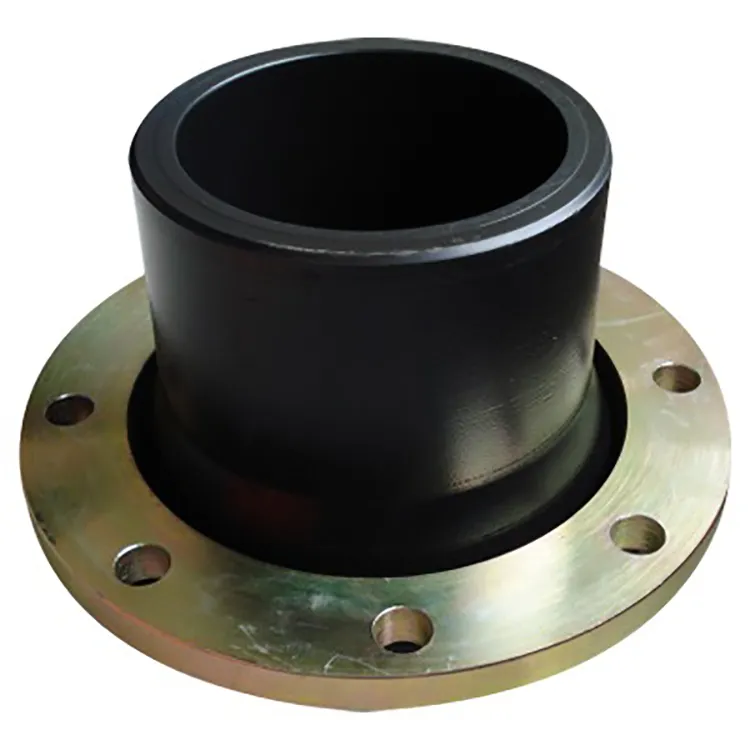
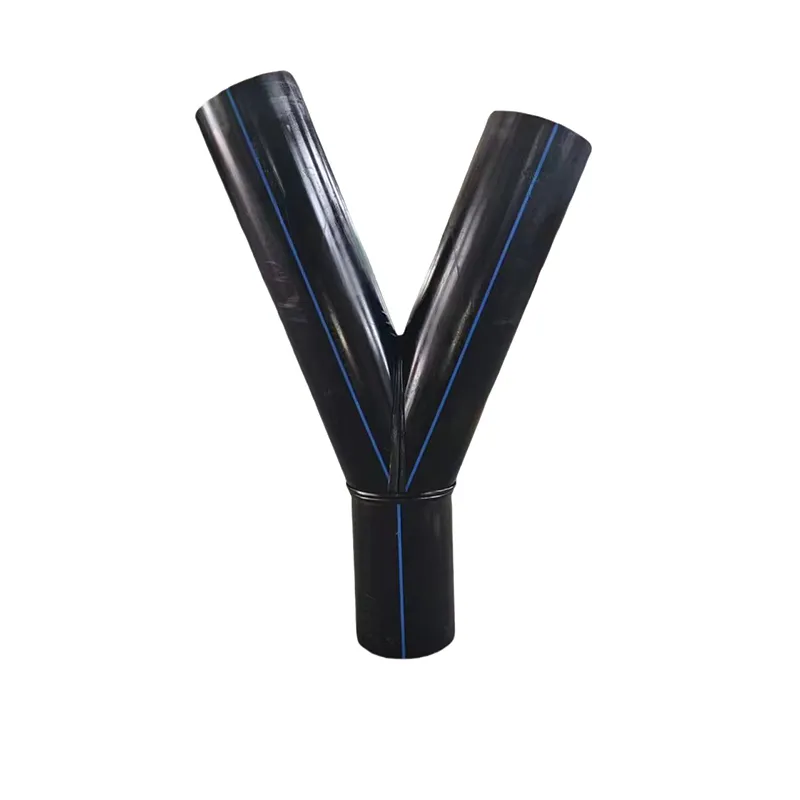
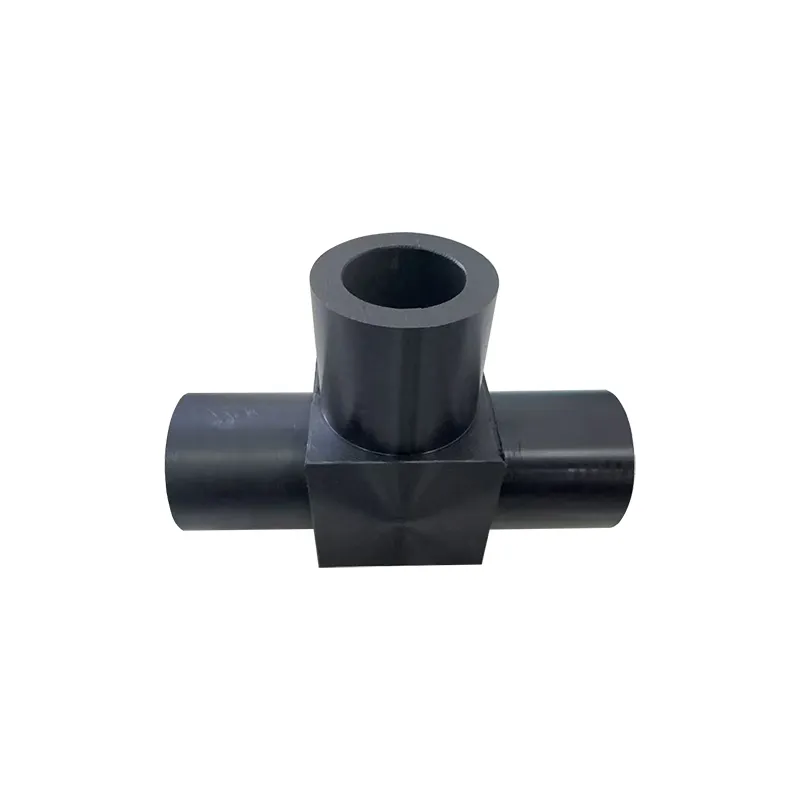
659.webp)
210.webp)
328.webp)
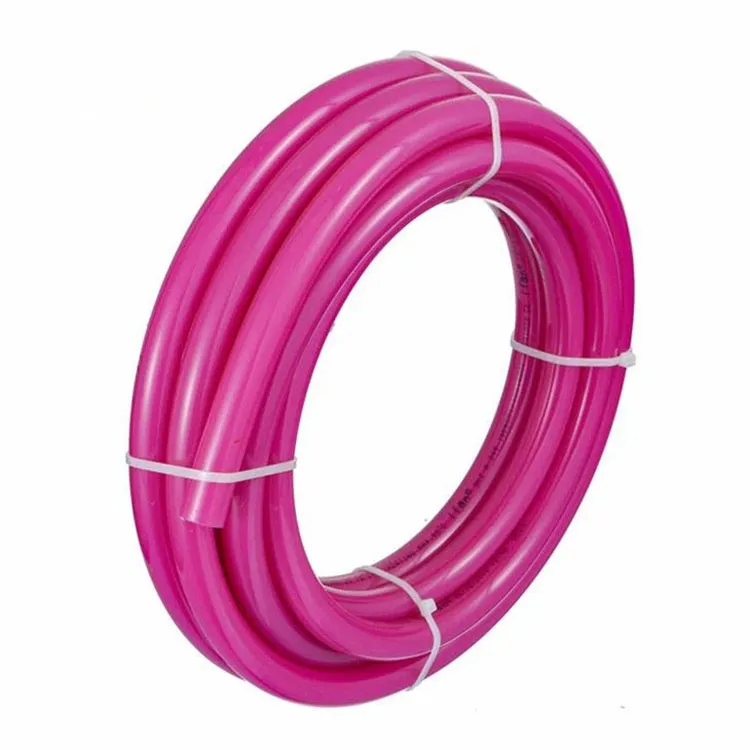
294.webp)
476.webp)

